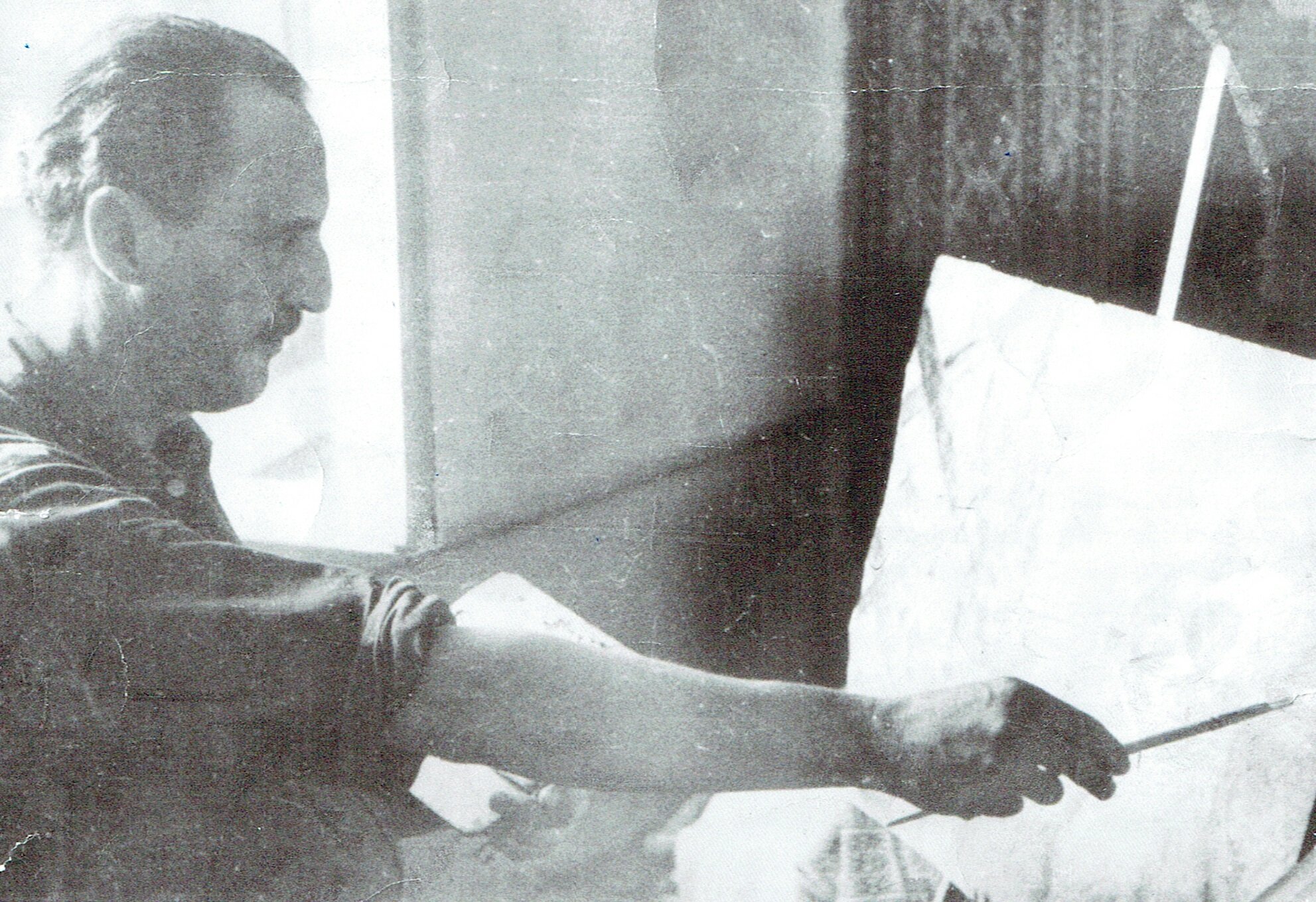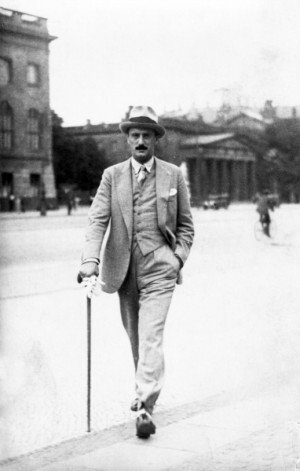G. M. Cantacuzino - between tradition and modernism
On Friday, October 7, we celebrate the classical attitude and the particular modernist language of the architect G.M. Cantacuzino, on the occasion of the launch of the volume George Matei Cantacuzino. Hybrid Modernism, in the presence of the author Dan Teodorovici. We look forward to welcoming you from 18.00, at the Center of Architectural Culture of the UAR, Rue Jean-Louis Calderon 48.
The volume George Matei Cantacuzino. Hybrid Modernism situates the work and attitude of this architect in a broad architectural, cultural, economic and political context in Romania and Europe. In his own architectural work, he was preoccupied, on the one hand, with Palladianism and, on the other hand, with attempts to synthesize modernism, the tradition of Romanian architecture and classicism.
"George Matei Cantacuzino (1899-1960) was born and grew up in Vienna, where he learned Romanian, French and German; he was educated in Montreux, Bucharest and Paris. An important figure of Modernism in Romania in the 1930s, he was a professor of architectural history and theory in Bucharest, and is still today considered one of the most important architectural theorists in Romania. He is the first Romanian correspondent of the magazine L'Architecture d'Aujourd'hui (1934-36); honorary corresponding member of RIBA (1938); honorary citizen of New York City (1939 - together with Octav Doicescu), chief architect of the CFR, liberal politician. He denounced fascism and then communism, was imprisoned (1940-41, 1948-1954) and declared an enemy of the people. He spent the last years of his life in Iasi as unofficial architect of the Metropolitan of Moldavia (1957-1960).
The monographic volume George Matei Cantacuzino. Hybrid Modernism has three parts: an intellectual biography, a study of the architect's classical attitude and an appendix. It includes a list of architectural and urban planning works, some essays, reproductions of paintings and watercolors, and a list of the architect's works.
Dan Teodorovici offers in this volume a broad sketch of the architect's artistic and intellectual family: from Vitruvius via Andrea Palladio and Karl Friedrich Schinkel to Auguste Perret and Adolf Loos; from Heinrich Wölfflin, Jean Cocteau and Georges Gromort to Rudolf Wittkower and Sir Ernst Gombrich; from Plotinus via Henri Bergson to Ludwig Wittgenstein and Albert Camus; from Michel de Montaigne via Johann Wolfgang von Goethe to Rainer Maria Rilke, Paul Valéry and T. S. Eliot. This way of discovering "the springs that feed the river of his thought" seems all the more legitimate since the architect himself mentions it in a 1958 letter to his daughter Marie-Lyse: "Each of us, moreover, creates his Parnas, his spiritual family, the only family we choose... or who knows, perhaps they choose us... these friends outside time".
Dan Teodorovici, born in Brasov in 1972, is an architect and curator. He lives and works in Stuttgart/Germany. He studied architecture and urbanism at the University of Stuttgart (1993-2000), where he was assistant at the department of urbanism (2003-2009). In 2010 he defended his PhD thesis G. M. Cantacuzino - Dialogik zwischen Tradition und Moderne, which was awardedSumma cum laude.

